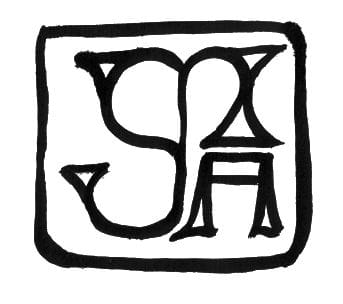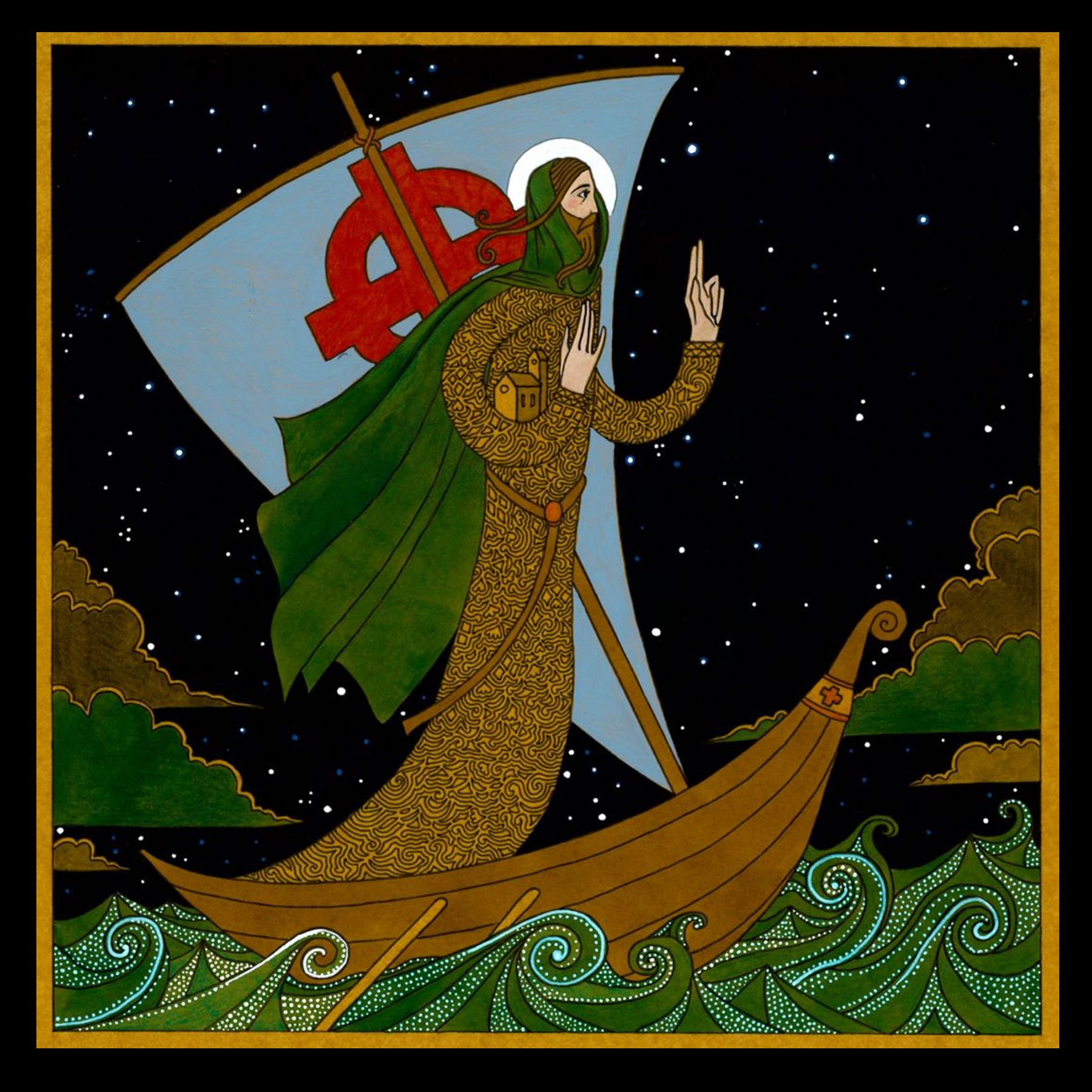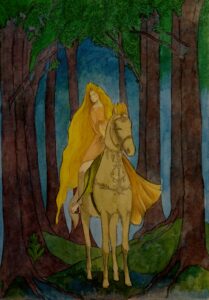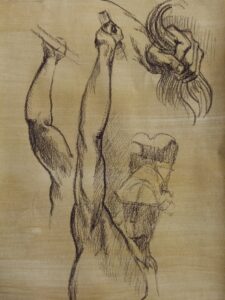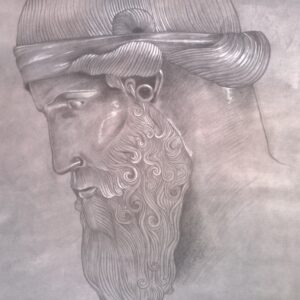The figure of the early Irish saint stands as a powerful and distinctive archetype within the broader narrative of European Christianity. Emerging from the unique cultural and social landscape of early Christian Ireland (c. 5th-9th centuries AD), these holy men and women were not merely passive recipients of continental faith but active, creative forces who forged a vibrant and idiosyncratic expression of religious life. The early Irish saint was a paradoxical fusion of the traditional Celtic hero and the ascetic Christian monk, whose spirituality was characterised by extreme asceticism, a profound connection to nature, a passion for learning, and a peregrinatio, or exile for Christ, that would re-evangelise a continent emerging from the Dark Ages.
The conversion of Ireland, traditionally attributed to the mission of St. Patrick in the 5th century, did not involve the radical obliteration of pre-existing Celtic culture. Instead, Christianity was grafted onto a deeply rooted, heroic society organised around tribal loyalties, sacred landscapes, and a powerful learned class of Druids and poets (filid). This synthesis is key to understanding the Irish saint. The ideal of the heroic warrior, seeking glory and immortality through great deeds, was transfigured into a spiritual contest. The saint became a “soldier of Christ” (miles Christi), whose battlefield was the human soul and whose foes were demonic temptations. The Irish concept of geis (a sacred taboo or prohibition) evolved into monastic rules, while the Celtic reverence for the natural world—seeing the divine in wells, woods, and mountains—was baptised, making the Irish wilderness a new “desert” for ascetic practice.
This asceticism is one of the most striking features of early Irish sanctity. Inspired by the Desert Fathers of Egypt, Irish monks pursued a fierce and often extreme physical discipline to subdue the flesh and achieve spiritual purity. Figures like St. Colum Cille (Columba) were said to recite the entire Psalter standing in freezing water, while others practised prolonged fasting and vigils. This was not self-punishment for its own sake but a heroic striving for excellence, an athleta Dei (athlete of God) seeking victory over the self. This ascetic impulse found its ultimate expression in the choice of hermitage sites: breathtakingly remote and inhospitable places like Skellig Michael, a jagged rock pinnacle miles off the Kerry coast, where monks lived in stone beehive huts seemingly suspended between heaven and sea, physically closer to God.
Yet, this withdrawal was perfectly balanced by a profound scholarly engagement. The Irish monastic monastery became the university and scriptorium of its age. Saints like Colum Cille and St. Columbanus were renowned scholars as well as ascetics. The love of learning, inherited from the filid who valued oral tradition and intricate language, was directed towards the preservation of knowledge. Irish monks did not just copy Christian texts; they meticulously preserved countless classical works from Latin literature that might otherwise have been lost during the turmoil on the continent. This passion produced some of the world’s most beautiful manuscripts, such as the Book of Kells, a work of such intricate artistry that it was later believed to be the work of angels. The monastery was a sanctuary of light and learning in a dark age, and the saint was its scholar-guardian.
Perhaps the most significant contribution of the early Irish saint was the concept of peregrinatio pro Christo—”exile for the love of Christ.” This was more than a pilgrimage; it was a radical, permanent act of self-exile. The peregrinus left Ireland, their kin, and all that defined their identity in the tribal world, setting out in a small, rudderless coracle, entrusting themselves completely to God’s will, wherever the winds and currents might take them. This practice unleashed a tidal wave of missionary activity across Europe. St. Columbanus founded influential monasteries at Luxeuil in France and Bobbio in Italy, laying the groundwork for the Benedictine tradition. St. Gall gave his name to a monastery in Switzerland that became a great centre of learning. St. Aidan, an Irish monk from Iona, re-Christianised much of northern England. These wandering saints, with their distinctive Irish tonsure and rigorous monastic discipline, became known as the “white martyrs” (those who exile themselves from their homeland for Christ), distinguishing themselves from the “red martyrs” who died for their faith.
In conclusion, the early Irish saint was a unique product of a unique time and place. By synthesising the native Celtic ethos of heroism, loyalty, and deep reverence for the natural and learned worlds with the new Christian ideals of asceticism, prayer, and mission, they created a form of sanctity that was both fiercely rigorous and profoundly creative. They were wilderness hermits and scholarly scribes, loyal kin-leaders and radical exiles. Their legacy is twofold: the breathtaking physical remains of their monasteries that still dot the Irish landscape, and the intangible but immense intellectual and spiritual debt owed by European civilisation to these Irishmen who, in their passionate quest for God, became the scholars and saviours of the West. They found a world within a mile of their isolated cells, and in doing so, they helped redeem a continent.
